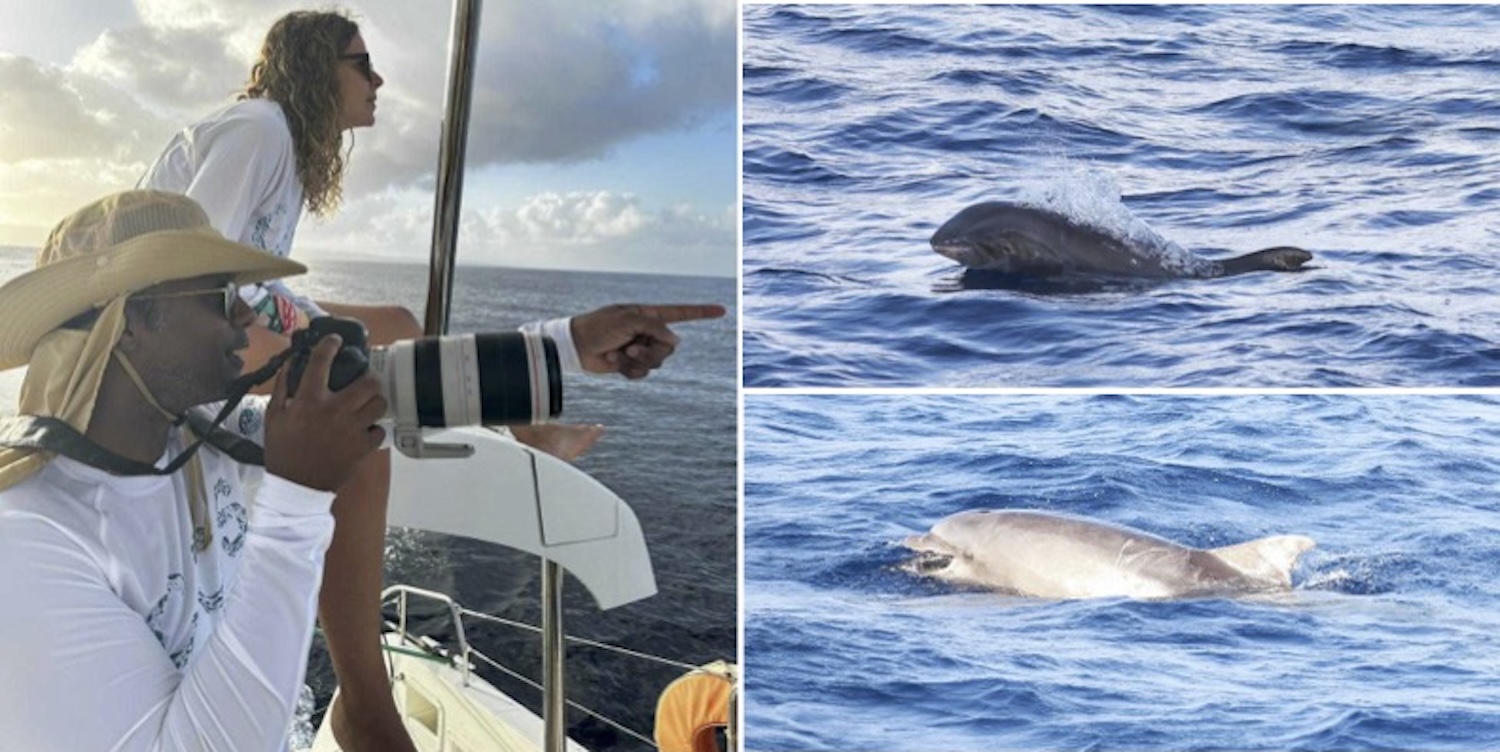Preliminary findings suggest that Barbados could be home to a population of bottlenose dolphins, a discovery with significant implications for the island’s marine conservation efforts and eco-tourism industry. Richard Suckoo, Deputy Project Manager of the Barbados Marine Spatial Plan, described the potential presence of these dolphins as a “critical discovery” that could position them as “true local ambassadors for the island’s marine biodiversity.” Bottlenose dolphins, known for their intelligence, playful nature, and complex social structures, could elevate Barbados’ status as a biodiversity hotspot if their residency is confirmed. Unlike the mahi-mahi fish commonly referred to as ‘dolphin’ in Barbados, bottlenose dolphins are marine mammals. Systematic surveys conducted in February, March, and earlier this month as part of the Barbados Marine Spatial Plan and the Caribbean Cetacean Society’s Ti Whale An Nou Programme have provided the first comprehensive data on these species in Barbadian waters. The initiative, endorsed by UNESCO’s Ocean Decade, spans over 20 Caribbean islands and aims to study and protect regional whale and dolphin populations. Early analysis indicates the presence of bottlenose dolphins, including juveniles, predominantly along the island’s west coast. The surveys also documented other species, such as sperm whales, melon-headed whales, and the elusive Kogia species, while acoustic recordings detected short-finned pilot whales and humpback whales up to 50 nautical miles offshore. However, the research revealed that 11% of dolphins showed injuries likely caused by human activities, such as discarded fishing gear or boat collisions. Suckoo emphasized the need for continued surveys to better understand the dolphins’ population, distribution, and behavior, with the ultimate goal of establishing management zones and guidelines to ensure their protection and thriving presence in Barbadian waters.
